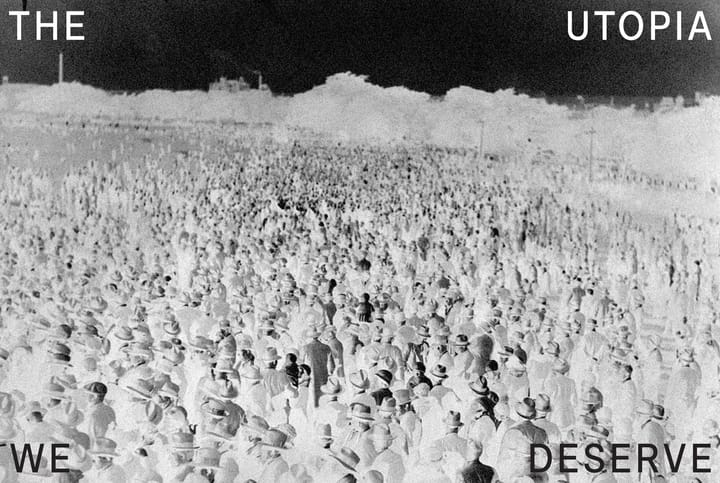After the Damage is Done
The United States’ oil and gas infrastructure blight is massive. The Abandoned Wells Administration could clean it up.

On a crisp March morning, Justin Solet launches his boat into the Louisiana marsh between Chauvin and Dulac in Terrebonne Parish. He navigates us through a nest of canals once dredged for the now extinct cypress logging industry. Skirting the perimeter of Lake Boudreaux, we make our way through privately owned oil and gas parcels to Solet’s ancestral lands (Solet is a member of the United Houma Nation). Justin Solet is also a former oil and gas worker who drilled wells and tamed blowouts from the Gulf of Mexico to the Beaufort Sea.
Overturned oil tanks (also known as tank batteries) look like crushed soda cans. They are small signs alerting us that below are active pipelines. A nondescript, blink-and-you-miss-it pipe peeking from the muck tells us of a well that descends hundreds of feet into the earth. We can’t tell if the well is leaking toxic methane into the atmosphere, if the steel pipe below is corroded and leaking oil and gas into a waterway used for subsistence and commercial fishing, or if it’ll ever be cleaned up. This is just one well.
Since 1901, over 1.1 million oil and gas wells have been drilled in the state of Louisiana alone. If we expand our view nationally, that number balloons. After 150 years of oil and gas production, an estimated 10 million onshore wells puncture American lands. Many of these wells are unplugged or improperly plugged.
To comprehend the United States’ oil and gas infrastructure blight, one must toggle between the total footprint of this industry and the particular demands each fragment of that total inventory impose and will impose on the more than 14 million Americans who live within a mile: legacy wells lurking below homes, orphan wells in backyards, and unplugged idled wells claiming young lives. These wells leak gasses, chemicals, oil, and brine into the air, soil, and drinking water. There is no doubt that discarded oil and gas infrastructure constitutes a national threat which will require the marshaling of national resources.
The good news is cleaning up and managing this mess will create lots of full-time, public jobs, especially for those who have worked in the oil and gas industry. Our proposed Abandoned Well Administration (AWA) will require 30-plus field offices across the country, employing over 50,000 workers, including thousands of drillers and construction workers who can plug wells and restore well sites along with hundreds of engineers to implement and design plugging projects.
When someone stumbles across an unmarked well in an isolated marsh, they could pull up an AWA app and enter the GPS coordinates of the well, or call a national 24-hour staffed toll-free number to connect to one of the 30-plus AWA field offices across the nation. An AWA field crew, including a classic contingent of oilfield hands and drillers with water quality specialists and climate gas techs, will quickly respond. If the well is determined to be a nominal risk, it’s logged into the database and added to the AWA’s plugging schedule. But if the tests reveal the well is an imminent threat to life or a super emitter, the crew immediately gets to work. A workover rig and barge are called, including additional supporting personnel and equipment, to work on plugging the well. Afterwards, an AWA plaque indicating the date of plugging and a unique ID for the well is affixed to freshly installed emissions monitors.
While we may not drill for much oil and gas in the future, oilfield work will still be needed to address the millions of unplugged abandoned wells that dot our landscape. It will take decades to clean up these well sites and other related oil and gas infrastructure. Instead of choosing the boom/bust cycle of oil and gas extraction that causes jobs to come and go, families to break apart, and leave a scarred landscape in its wake, Justin Solet and the rest of the AWA workforce could apply their skills full-time on the restoration of the American landscape, one well at a time.
■
Ted Boettner is a Senior Researcher at the Ohio River Valley Institute and lives in Charleston, West Virginia.
Megan Milliken Biven is the founder of True Transition, an organization working to secure a seat at the table for American energy workers and create the jobs and conditions of the energy transition.



